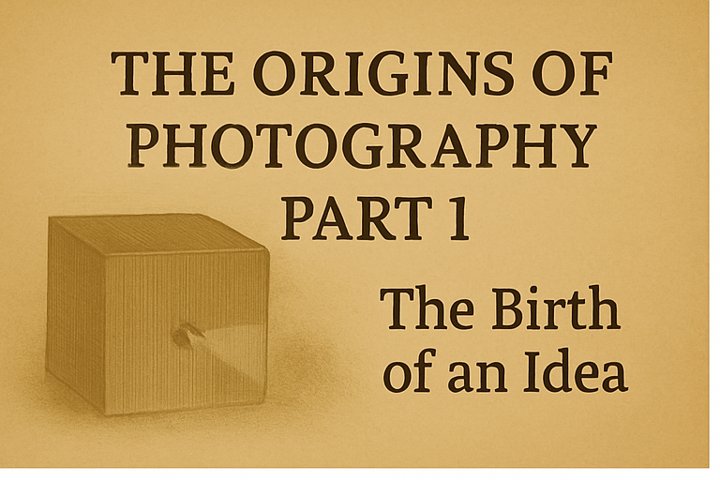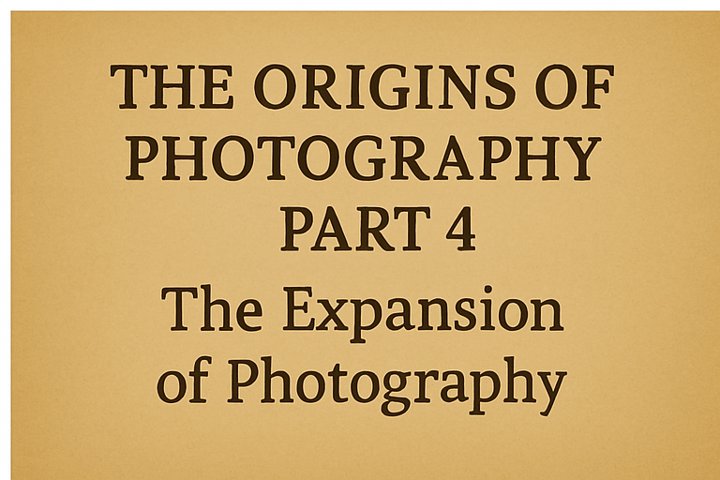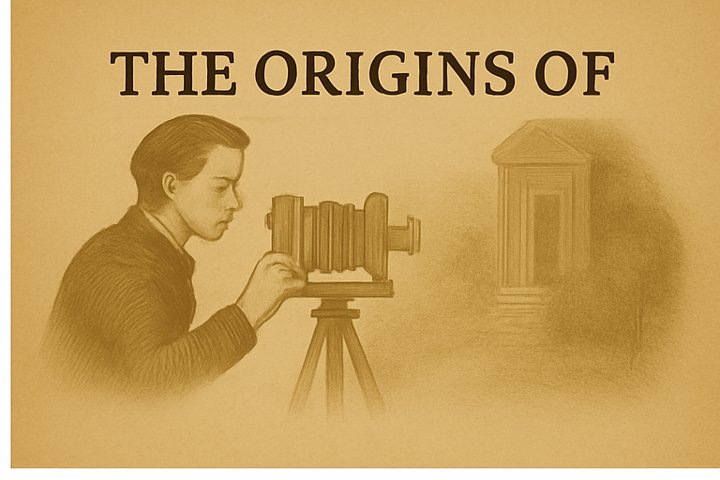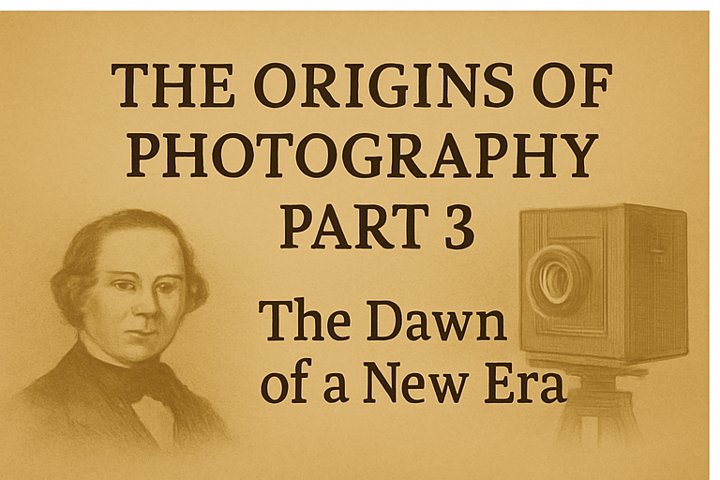Origins of Photography – Part 1
The Birth of an Idea.
Long before the word photography was coined, people discovered that light could project an image. Ancient philosophers like Aristotle described how light passing through a small hole into a dark space created an upside-down image on the opposite wall — this was the camera obscura, meaning “dark chamber.”
Though originally used for observation and drawing, the principle became the foundation of all cameras. It showed that light could be shaped, controlled, and preserved.
Capturing Light Permanently
By the early 1800s, inventors began searching for ways to fix those fleeting light patterns onto a surface.
Nicéphore Niépce created the first known permanent photograph in 1826, using a pewter plate coated with bitumen.
Louis Daguerre introduced the daguerreotype in 1839, offering sharper, more practical images.
William Henry Fox Talbot pioneered the calotype process, which allowed multiple prints from a single negative — the seed of modern photography.
From Plates to Film
Through the 19th century, methods advanced from fragile glass plates to roll film. With George Eastman’s Kodak camera (1888), photography left the studios and entered everyday life. Suddenly, anyone could “press the button” and capture their world.
Why It Matters Today
The origins of photography remind us that each click of the shutter continues a centuries-long journey: from a beam of light entering a dark room to billions of digital images shared every day. Photography has always been about more than technology — it’s about preserving the fleeting and making the invisible visible.
Diagram: Camera Obscura Principle
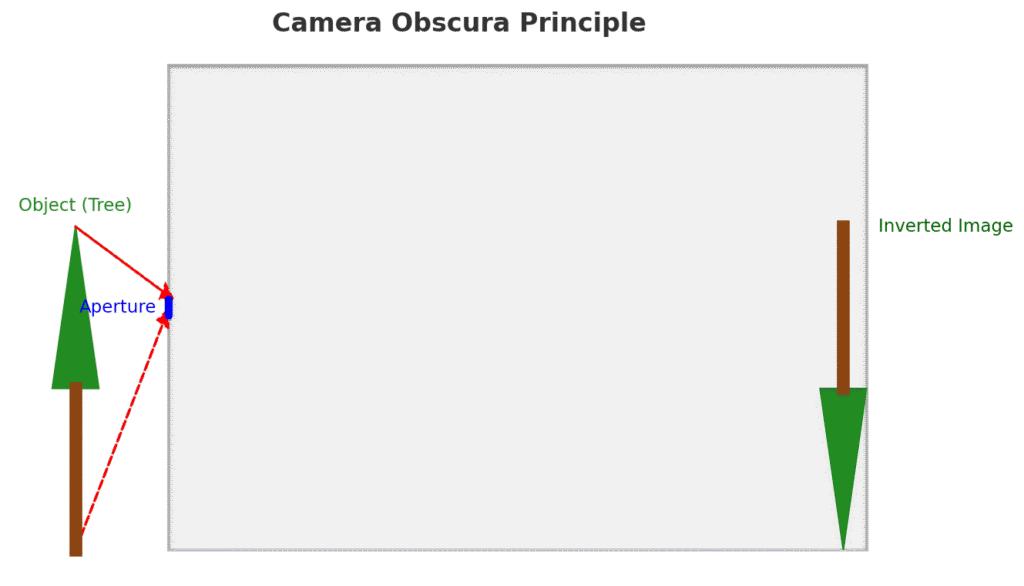
The Origins of Photography Series
Part 1: The Birth of an Idea
Part 2: Photography Finds Its Voice
Part 3: The Dawn of the Commercial Era
Part 4: The Expansion of Photography
More parts coming soon.

